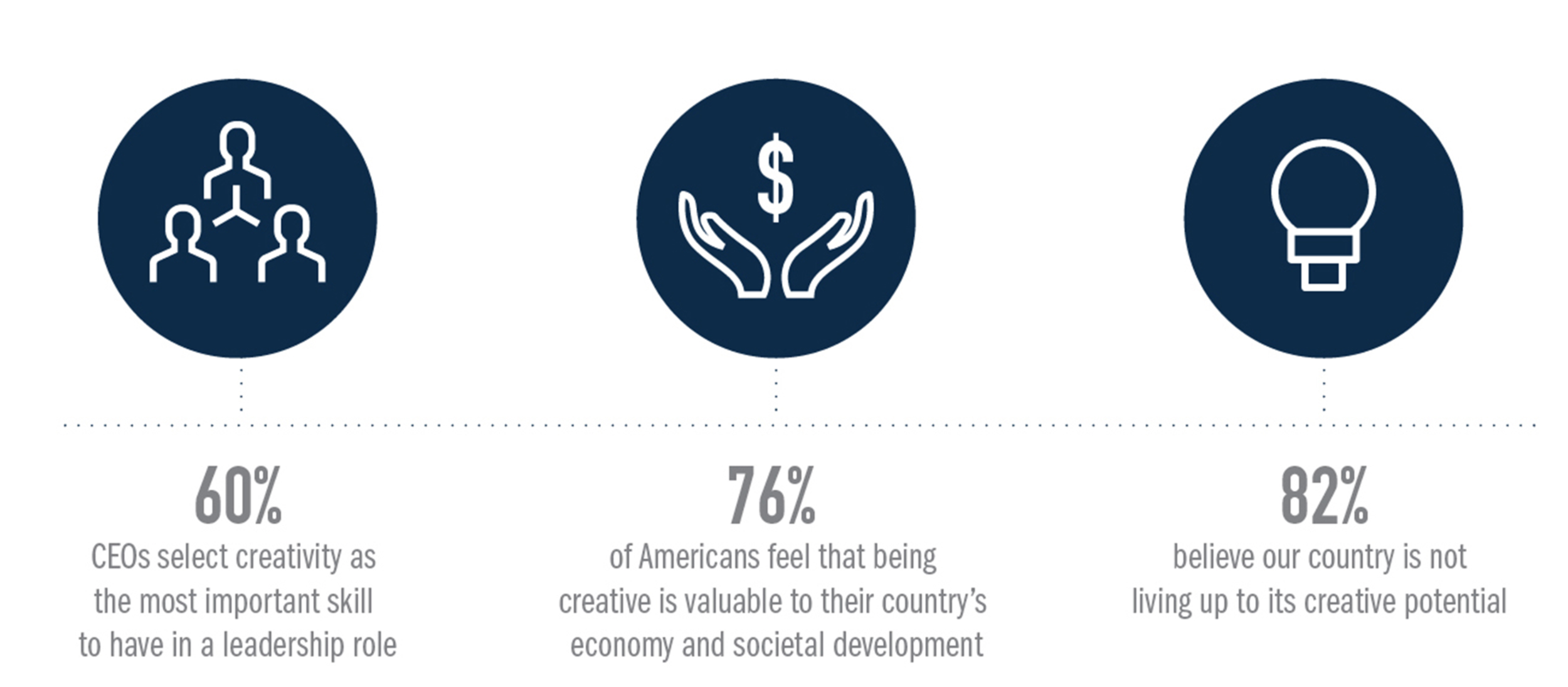Interdisciplinarity is the practice of using the skills, knowledge, and methods of traditionally separate disciplines in one cohesive application.
Customarily, people are trained to become “experts on the most minute aspects of their subject,” which can and does lead to:
A certain specificity when approaching problem-solving that is dependent on a singular approach,
Distrust against other approaches and failure to take advantage of deep collaboration,
A higher barrier of entry to radical innovation, which necessitates a degree of uncertainty.
In other words, missing the forest for the trees.
Interdisciplinarity is more relevant now than in any time prior. Increased specialization and a connected and complex modern society are in diametric opposition. As various forms of technology permeate into daily life, “real world problems rarely arise within orderly disciplinary categories… and neither do their solutions.”
“We need to answer complex questions, solve complex problems, and gain coherent understanding of complex issues that are increasingly beyond the ability of any single discipline to address comprehensively or resolve adequately.”
Case Study: The EyeWriter
In 2003, Tony Quan was diagnosed with Lou Gehrig’s disease, leaving him completely physically paralyzed except for movement in his eyes. Better known by his street tag TEMPT1, Quan came from a community of LA-based graffiti artists and activists who, upon learning about his condition, began developing a technology that would allow him to continue artistic pursuits despite his disabilities.
Together, members of Free Art & Technology, OpenFrameworks, the Graffiti Research Lab, and The Ebeling Group developed a device and its matching software called The EyeWriter, which allowed Quan, and other ALS patients, to draw on a computer screen using only their eyes. The EyeWriter was intentionally low-cost and open-source, using eye-tracking technology built into a standard pair of sunglasses, which costs about $50 to build, compared to commercial eye-trackers that ranged from $10,000-50,000.
By publishing the tutorial on the website Instructables.com, the team enabled anyone to construct their own EyeWriter, resulting in prolific uses and extensions of the device. Developers connected The EyeWriter to a projection that allowed Tempt1 to project, live, his eye writings onto the sides of buildings. Another set of developers paired the glasses with a robotic arm for real-time physical drawings on paper. Yet another used Tempt1’s tag in explorations of his PrintBall robot, a giant InkJet printer that used a paintball gun as its print-head.
The EyeWriter’s implications in the health field are similarly exponential. It is a low-cost medical device that can dramatically improve the quality of life for those suffering similar full body paralysis, roughly 1 in 50 Americans, allowing those affected to not only communicate, but to creatively express themselves in dynamic and individual ways. And all for the cost of less than an iPod shuffle.
Interdisciplinarity is the crossing of knowledge boundaries, the necessity of team building, and the developing of radical innovation.




